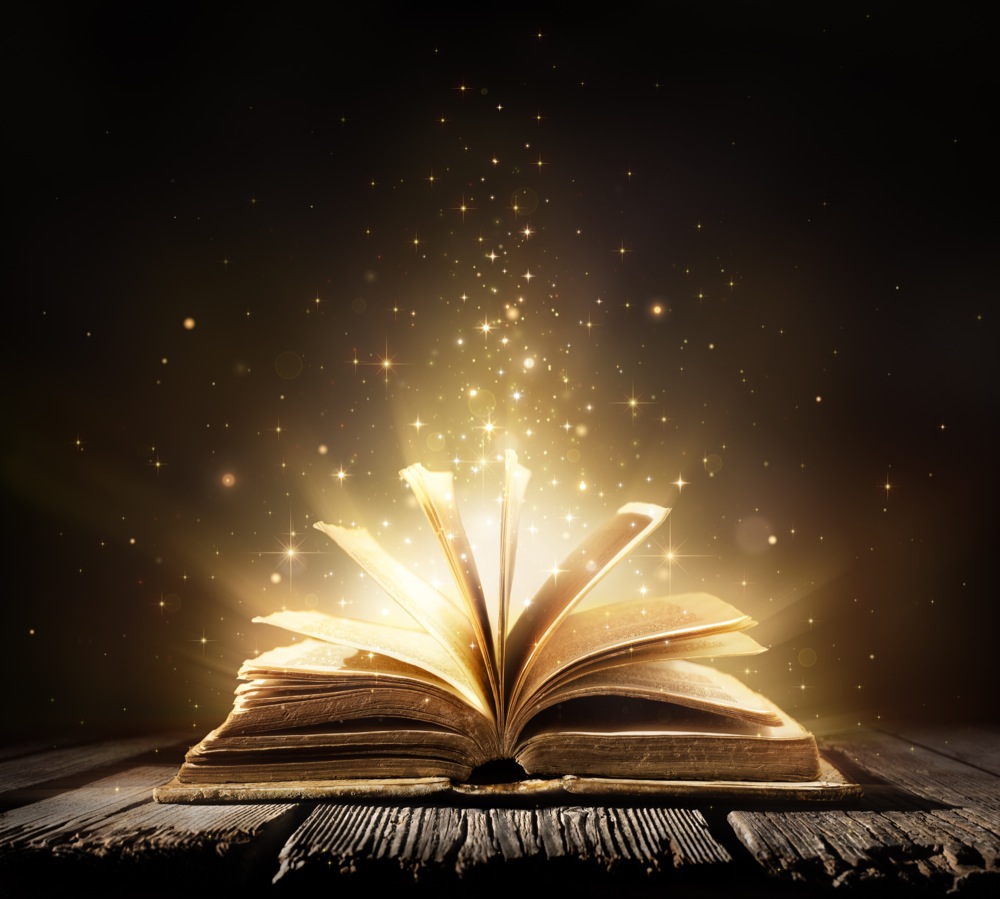
Recommendations for readers of ‘A Song of Ice and Fire’
By Caroline Ho, Arts Editor
No, George R. R. Martin still hasn’t finished writing The Winds of Winter, volume six of the massively popular A Song of Ice and Fire series. Luckily, Martin isn’t the only author to write epic fantasy full of brilliantly bloody battles and morally ambiguous characters we love to hate. Here are a few suggestions of novels and series that fans of ASOIAF might enjoy, while we wait for Martin to keep writing.
The Dagger and the Coin by Daniel Abraham
If the level of political intrigue, complex and questionable motivations of characters, terse rivalry between kingdoms, lively pace of action, or even the writing style of The Dagger and the Coin feel familiar to ASOIAF fans, it’s because Martin and Abraham are good friends and have collaborated in the past. Thankfully, unlike ASOIAF, all five books of The Dagger and the Coin quintet are published.
Book One, The Dragon’s Path, follows four protagonists: Marcus, a jaded mercenary captain haunted by the atrocities in his past; Cithrin, a young and ambitious half-human banker; Dawson, a powerful nobleman drawn into the machinations of the Antean Court; and Geder, a bookish, bumbling officer whose military incompetence takes a sharp and very dark turn. Like ASOIAF, don’t expect everyone to stay alive throughout the series.
The Dagger and the Coin is also set in a world once populated by dragons, but the level of fantasy is relatively low—although magic and many not-quite-human races exist, the story is largely driven by its very flawed characters.
The Traitor Baru Cormorant by Seth Dickinson
Another story set in a fictional world with low amounts of magic but ample layers of political scheming, Dickinson’s standalone novel tells a chillingly efficient revenge story. Baru Cormorant’s life is destroyed and her family torn apart when the Empire of Masks conquers her peaceful island nation. Ruthlessly determined to free her people, Baru joins the empire, schemes her way power, and lets absolutely nothing stand in her path.
Although this novel is much smaller in scope and features a single viewpoint character, it is no less enthralling, and the mercilessly manipulative Baru could easily out-manoeuvre Littlefinger. It’s hard to decide whether to be sympathetic towards Baru or appalled by her. In addition, Dickinson masterfully handles the issue of persecution based on sexual orientation.
Malazan Book of the Fallen by Steven Erikson
Martin’s large number of characters and expansive world has nothing on Erikson. Malazan was originally based on a roleplaying campaign by Erikson and Ian C. Esslemont, and it reads exactly like it. The complexity of this world is comparable to, and probably exceeds, the detail of Tolkien’s Middle-Earth, with literally thousands of years of incredibly rich history spanning across numerous continents.
The first book of the series, Gardens of the Moon, launches the reader headfirst into the middle of dozens of storylines already taking place, and it can be quite overwhelming. But if one manages to overcome this initial hurdle and become immersed in the world of Malazan, it is a truly humbling ride. Even with a massive cast of characters—including battle-hardened soldiers, immortals, undead, and super-powerful sorcerers—themes of ultimate sacrifice and nobility in the face of dehumanization shine through. With millennia-old conflicts involving Gods and Ascendants, detailed systems of magic and inter-realm travel, and military campaigns that make the Battle of the Blackwater seem like a water gun fight, Malazan is the epitome of epic fantasy.
In addition to the ten books in the main series, each of which is close to or over a thousand pages, there’s also the prequel Kharkanas Trilogy, as well as co-creator Esslemont’s six-volume Novels of the Malazan Empire series set in the same world.